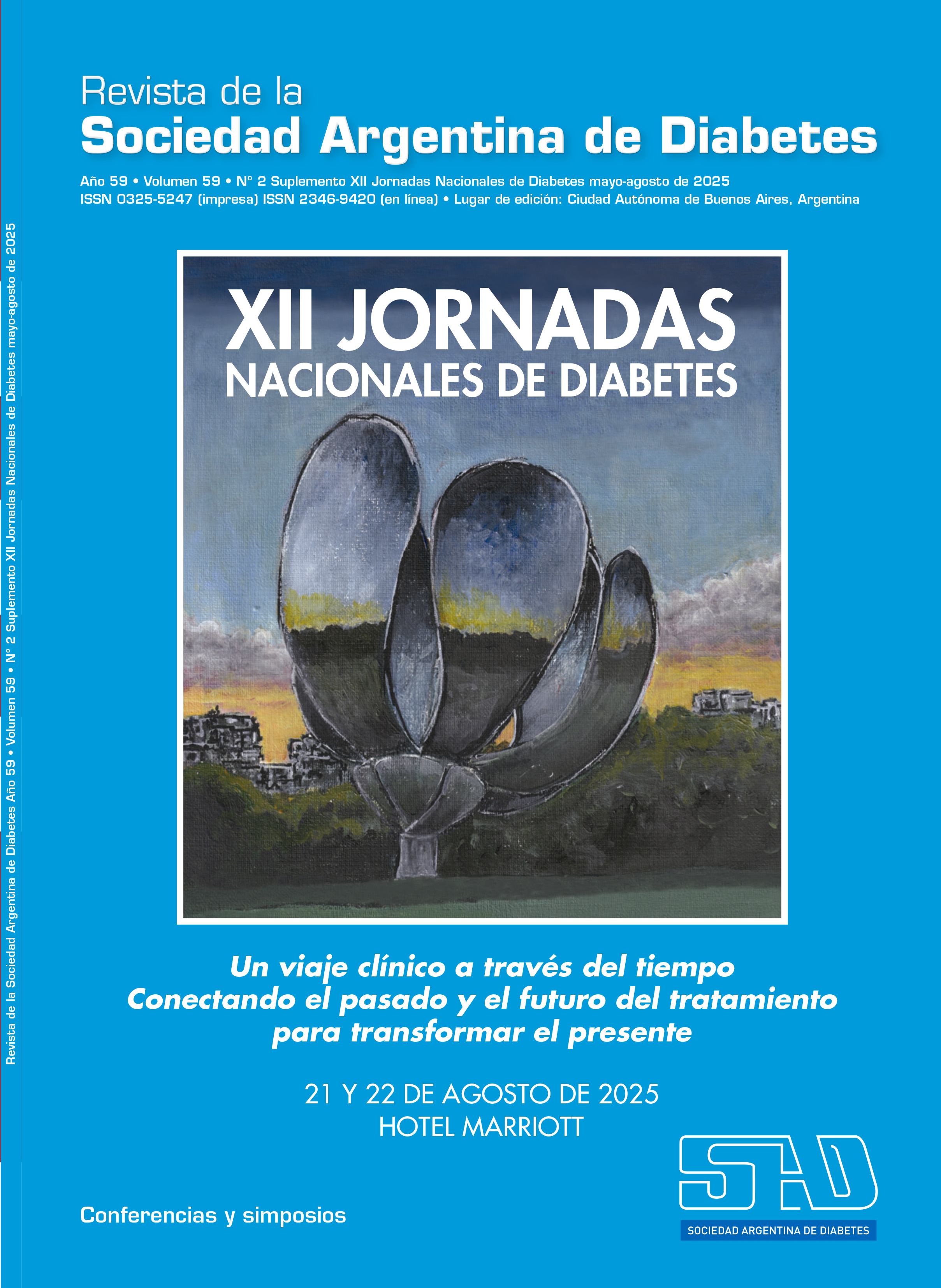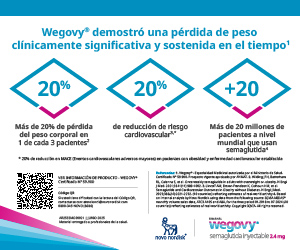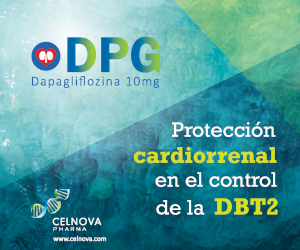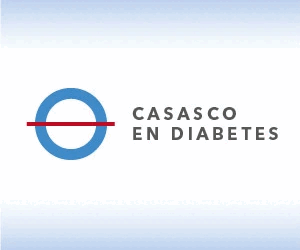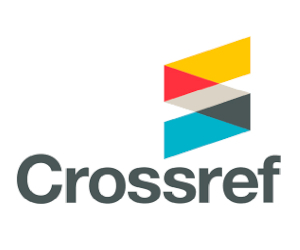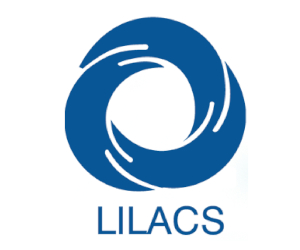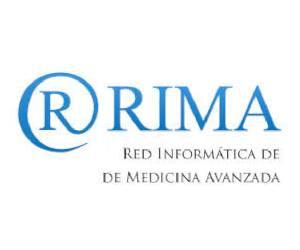First Multicenter Registry on Type 1 Diabetes Care in Children, Adolescents, and Young Adults in Argentina: Clinical and Treatment Characteristics
DOI:
https://doi.org/10.47196/diab.v59i2Sup.1263Keywords:
type 1 diabetes, children, adolescents, and young adults, multicenter registryAbstract
Introduction: studies indicate that only 30% of children and adolescents with type 1 diabetes (T1D) achieve the recommended metabolic targets. In response, the Pediatrics Committee of the Argentinian Diabetes Society (SAD) set out to generate local evidence to identify barriers, harmonize the therapeutic approach, and detect inequities in the care of children and young people with T1D in Argentina.
Objectives: to develop a national multicenter registry of patients with T1D between 1 and 21 years of age, cared for by members of the SAD Pediatrics Committee, in order to describe the current status of type 1 diabetes care and metabolic control.
Materials and methods: this was a national, multicenter study including patients aged 1 to 21 years with a diagnosis of T1D of more than one year's duration, managed at pediatric diabetes centers across Argentina. Ethical approval was obtained from the Ethics Committees of all participating centers.
Data collected included demographics, treatment modalities, metabolic control, (HbA1c, TIR, TAR, TBR) presence of acute and chronic complications, and type of health coverage. Information was recorded using web-based forms created with the RedCap system (Research Electronic Data Capture, version 12.4.1). Bivariate and multivariate statistical processing and analysis were performed using R software.
Results: between February 1, 2024, and March 29, 2025, a total of 40 centers from 15 provinces and Buenos Aires City (CABA) participated. Data from 2,112 patients were analyzed. 1800 were included because they had been on the disease for more than 1 year. 50.4% were women. 97.9% were on intensified treatment. Only 18.5% of the population reached the goal of HbA1c <7%. The bivariate analysis showed a statistically significant relationship between HbA1c value and age, age at onset, sensor use and type of health coverage. In logistic regression, better metabolic control according to HbA1c was associated with medical coverage and sensor use (CGM). Population and treatment data in table 1.
Conclusion: the first national registry shows a high rate of intensified regimens, although challenges persist in achieving metabolic goals. The results highlight the need for strategies to reduce inequities and optimize the care of children and youth with T1D in Argentina.
References
I. Ogle GD, James S, Dabelea D, et al. Global estimates of incidence of type 1 diabetes in children and adolescents: results from the International Diabetes Federation Atlas 10 (th)Edition. Diabetes Res Clin Prac 2021;183:109083.
II. American Diabetes Association. Professional Practice Cpmmittee.Classification and Diagnosis of Diabetes. Standards of Medical Care in Diabetes 2022. Diabetes Care 2022:45(Suppl.1):1738.
III. Libman I, Haynes A, Lyons S, et al. ISPAD Clinical Practice Consensus Guidlines 2022. Definition, epidemiology, and classification of diabetes in children and adolescents. Pediatr Diabetes 2022;23:1160-1174.
IV. Cengiz E, Danne T, Ahmad T, et al. ISPAD Clinical Practice Consensus Guidlines 2022. Insuline tratment in children and adolescents with diabetes Pediatr Diabetes 2022;23:1277-1296.
Downloads
Published
Issue
Section
License
Copyright (c) 2025 on behalf of the authors. Reproduction rights: Argentine Diabetes Society

This work is licensed under a Creative Commons Attribution-NonCommercial-NoDerivatives 4.0 International License.
Dirección Nacional de Derecho de Autor, Exp. N° 5.333.129. Instituto Nacional de la Propiedad Industrial, Marca «Revista de la Sociedad Argentina de Diabetes - Asociación Civil» N° de concesión 2.605.405 y N° de disposición 1.404/13.
La Revista de la SAD está licenciada bajo Licencia Creative Commons Atribución – No Comercial – Sin Obra Derivada 4.0 Internacional.
Por otra parte, la Revista SAD permite que los autores mantengan los derechos de autor sin restricciones.



